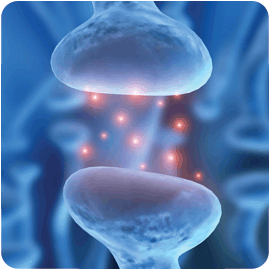Young mothers 'risk factor for early childhood death'
Children born to mothers under 30 are more likely to die than those born to older mums, a report on child deaths in the UK suggests.
While overall child mortality fell by 50% in the past 20 years, young maternal age was found to be a risk factor for death in early childhood.
Support should be extended to mothers of all ages, not just first-time teenage mums, the report said.














